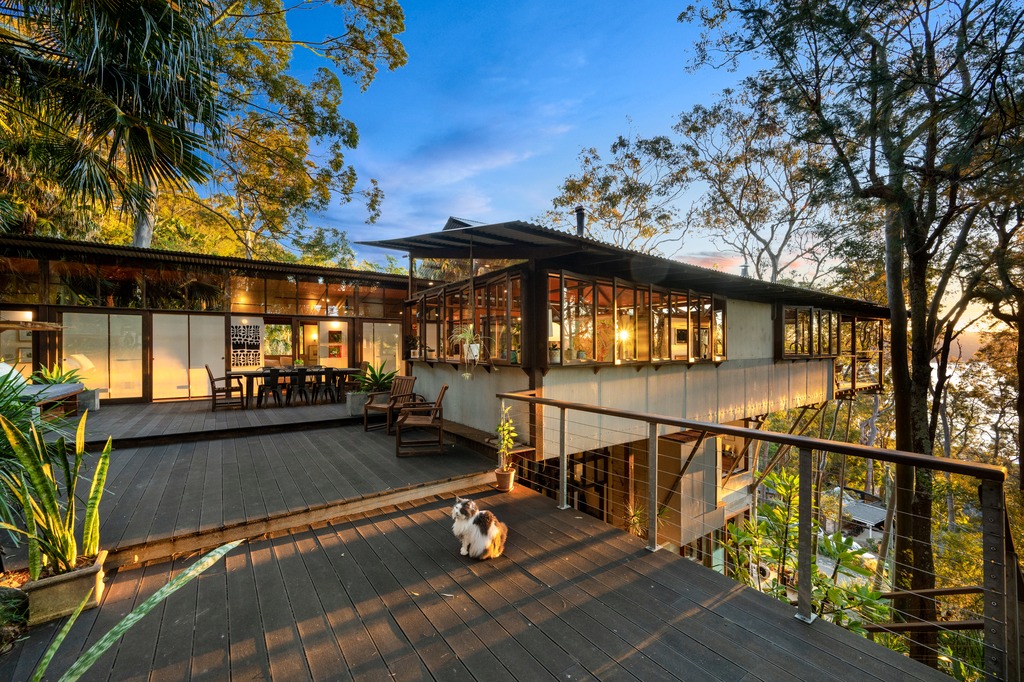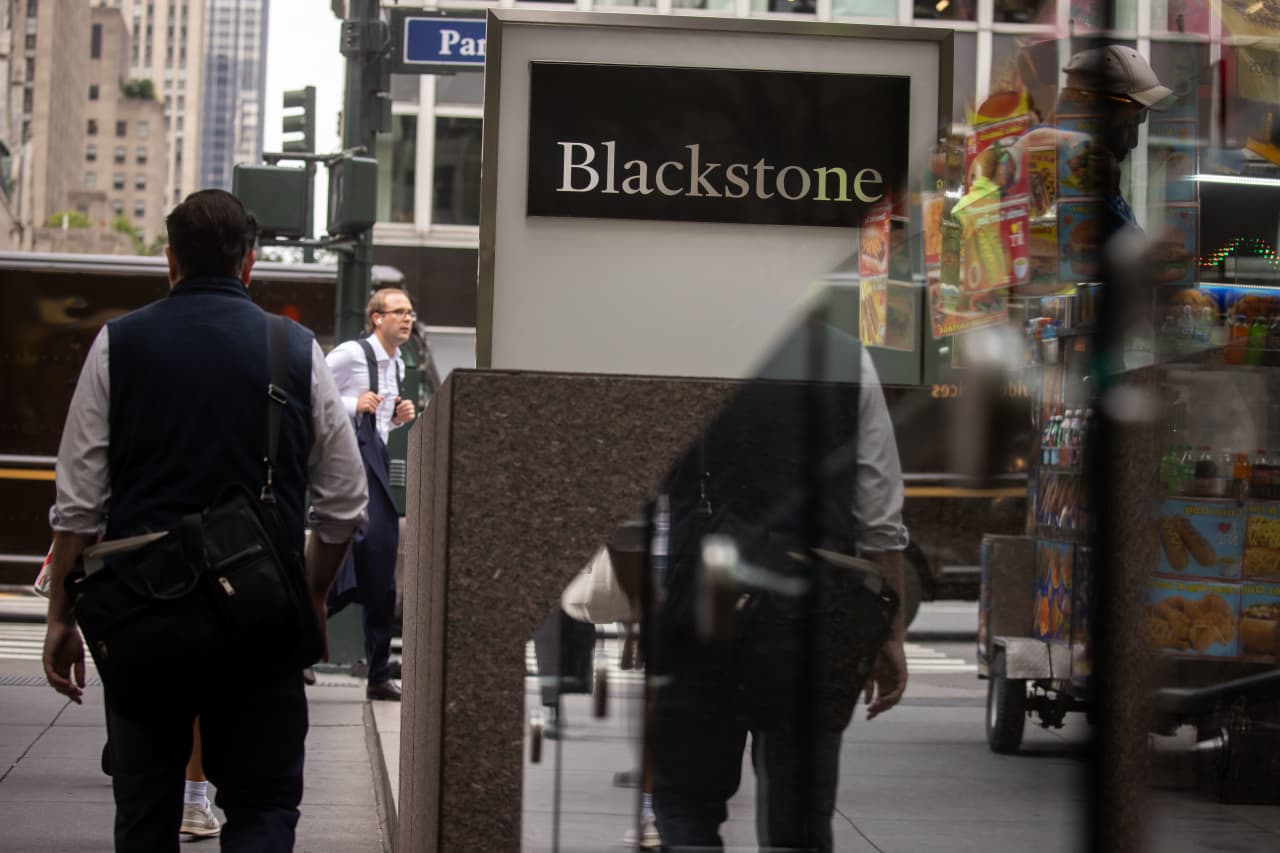AI-Powered Coding Tools Are Here to Help—Not Harm—Your Job, Insist IT Experts
Even as code development tools get more sophisticated, thanks to generative AI, vendors and other tech pros say nothing replaces the human touch
Generative artificial intelligence tools designed to automate the process of writing computer code are unlikely to offset a shortage of software engineers—let alone put them out of a job, enterprise-technology leaders said.
Demand for software engineers, developers and programmers has long outpaced supply. In recent months, generative AI has given chief information officers and other corporate IT managers the ability to automate some tasks in the software-engineering life cycle, said Rafee Tarafdar, chief technology officer at Infosys, a business consulting, information technology and outsourcing services firm.
But AI tools aren’t yet sophisticated enough to build working business apps, Tarafdar said. While certain tasks may become outdated as AI-powered coding assistants take them over, “skilled coders will be needed to oversee generated code and documentation,” among other roles, he said.
Tarafdar said he is currently training the company’s engineers and developers to use automated coding tools, including Infosys’ internally built AI coding assistant.
Sparked in part by the popularity of OpenAI’s ChatGPT chatbot, released in November, veteran business software companies, as well as a growing number of tech startups, have been rolling out software applications over the past few months that leverage generative AI technology to write blocks of code from scratch. Trained on massive amounts of data, generative AI tools are designed to produce text, images and code based on users’ natural-language prompts.
Generative AI sales are expected to reach $3.7 billion this year, expanding by an annual growth rate of 58% to an estimated $36 billion by 2028, according to market researcher S&P Global Market Intelligence. Tools designed to generate code are the fastest-growing category, said S&P managing analyst Nick Patience. That growth reflects a dearth of software engineers, which can hinder business growth, Patience said.
Until recently, low- and no-code software development platforms, which are designed to require minimal input to develop apps, were among the few ways employers could bridge that gap, said Jithin Bhasker, a general manager and vice president at a cloud-based enterprise software firm ServiceNow. “Generative AI will empower every employee to build and deploy automation at scale,” he said.
Despite growing interest for the tools among companies across industries, it is still early days for adoption, with many use cases still in pilot. CIOs have voiced concern that tools designed to lower the bar for code creation could lead to increased technical debt and orphan code. Technical debt refers to imperfect technology deployed to meet immediate needs with the knowledge that its imperfections will require redress in the future.
Still, tech companies are moving fast to capture a share of the market. Databricks, a data-storage and management vendor, on Wednesday released a generative AI tool designed to enable employees to use natural-language prompts, rather than code, to mine a company’s data for business insights—handling a task typically left to data scientists and programmers.
But it isn’t meant to replace them outright, said Databricks Chief Executive Ali Ghodsi. By handling code, the tool allows developers to focus on more innovative, proactive projects, while employees outside of tech hubs still have access to business data without the need for special training or coding skills, Ghodsi said.
Similarly, an AI-powered coding assistant launched in March by software firm Sourcegraph is designed to answer users’ technical questions, fix bugs in existing code and generate new code. It is meant to enhance the work of engineers and developers, said CEO Quinn Slack, adding that developers will be freed up to perform higher-level projects, rather than get bogged down by endless lines of basic code.
Thomas Dohmke, CEO of Microsoft-owned coding-collaboration platform GitHub, said that more than 20,000 organisations are currently using GitHub Copilot, a code-generating tool created in partnership with OpenAI and launched last year. In March, GitHub released a ChatGPT-like version of the tool, designed to enable users to interact with the tool through natural-language prompts.
Dohmke said companies are using the new tool for everything from explaining blocks of code to proposing fixes for bugs. “Technology that is not sentient cannot replace human creativity, it can only help deliver it,” Dohmke said. “Right now, AI is really just a probability machine, a co-pilot that is symbiotically dependent on its human pilot to build the world’s software.”
Vlad Magdalin, co-founder and CEO at Webflow, which sells cloud-based software for building and hosting websites, said he has embraced the new automated coding tools. Speaking this week at Collision, a technology conference in Toronto, Magdalin said simplifying the task of writing code saves time and raises expectations of productivity for developers. “It doesn’t mean that a developer is working 30 hours fewer,” he said.
“It’s not a magical tool that removes the need for a human,” Magdalin said.
 Copyright 2020, Dow Jones & Company, Inc. All Rights Reserved Worldwide. LEARN MORE
Copyright 2020, Dow Jones & Company, Inc. All Rights Reserved Worldwide. LEARN MORE
This stylish family home combines a classic palette and finishes with a flexible floorplan
Just 55 minutes from Sydney, make this your creative getaway located in the majestic Hawkesbury region.
The inflation rate ran at an annual pace of 2.2% in the quarter compared with a rise of 3.3% in the second quarter
SYDNEY—New Zealand’s inflation rate returned to within the central bank’s target band for the first time since early 2021 in the third quarter, opening a path to more supersized interest-rate cuts in coming months.
The inflation rate ran at an annual pace of 2.2% in the quarter, near the midpoint of the desired 1% to 3% target band, with some economists warning that the Reserve Bank of New Zealand must continue lowering the official cash rate at speed as a neutral policy rate is still well off in the distance.
The annual increase in inflation compares with a rise of 3.3% in the second quarter, StatsNZ said Wednesday. Inflation rose by 0.6% in quarterly terms.
The inflation data justifies the 75 basis points of cuts announced so far since August, with the RBNZ stepping up the pace of lowering the official cash rate last week by joining the Federal Reserve in slashing by 50 basis points.
Economists warn that there is a risk that inflation will undershoot the target band in coming quarters, especially if the RBNZ backs away from more significant cuts.
The official cash rate has so far fallen to 4.75% from 5.50%, with a neutral policy rate likely closer to 3.00%, according to economists.
New Zealand’s farm-rich economy has been in and out of recession for years as the RBNZ proved to be one of the more aggressive central banks globally when combating the inflation surge that emerged after the Covid-19 pandemic.
Economic activity remains flat and in need of resuscitation, especially with growth in China, its main trading partner, in a slowdown, economists said.
Higher rents were the biggest contributor to the annual inflation rate, up 4.5%. Almost a fifth of the annual increase in the consumer-price index was due to rent prices.
Prices for local authority rates and payments increased 12.2% in the 12 months to the third quarter, StatsNZ said. Prices for cigarettes and tobacco also rose sharply in line with an annual excise-tax increase.
Still, lower prices for gasoline and vegetables helped to offset rising prices, StatsNZ added.
This stylish family home combines a classic palette and finishes with a flexible floorplan
Just 55 minutes from Sydney, make this your creative getaway located in the majestic Hawkesbury region.






















